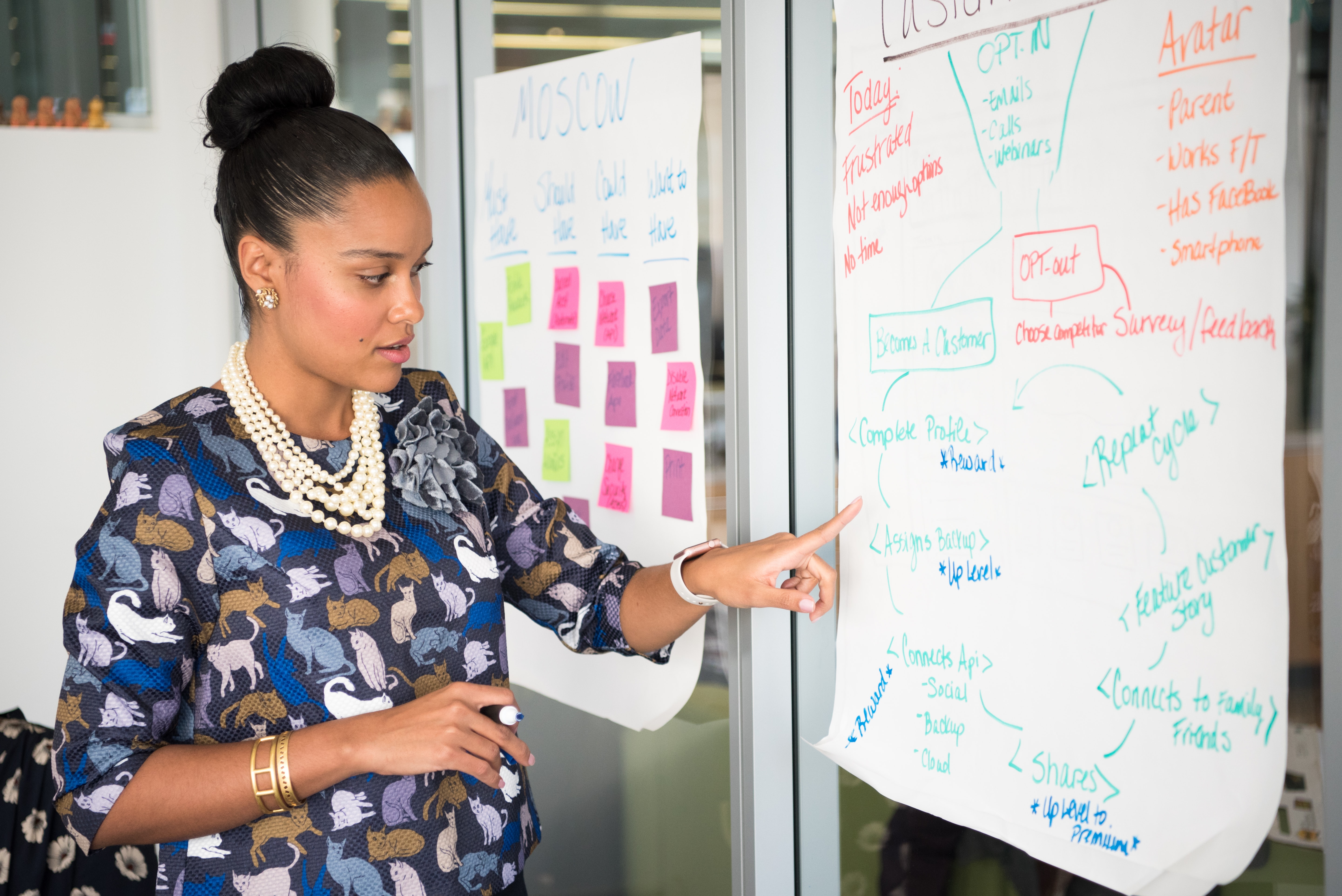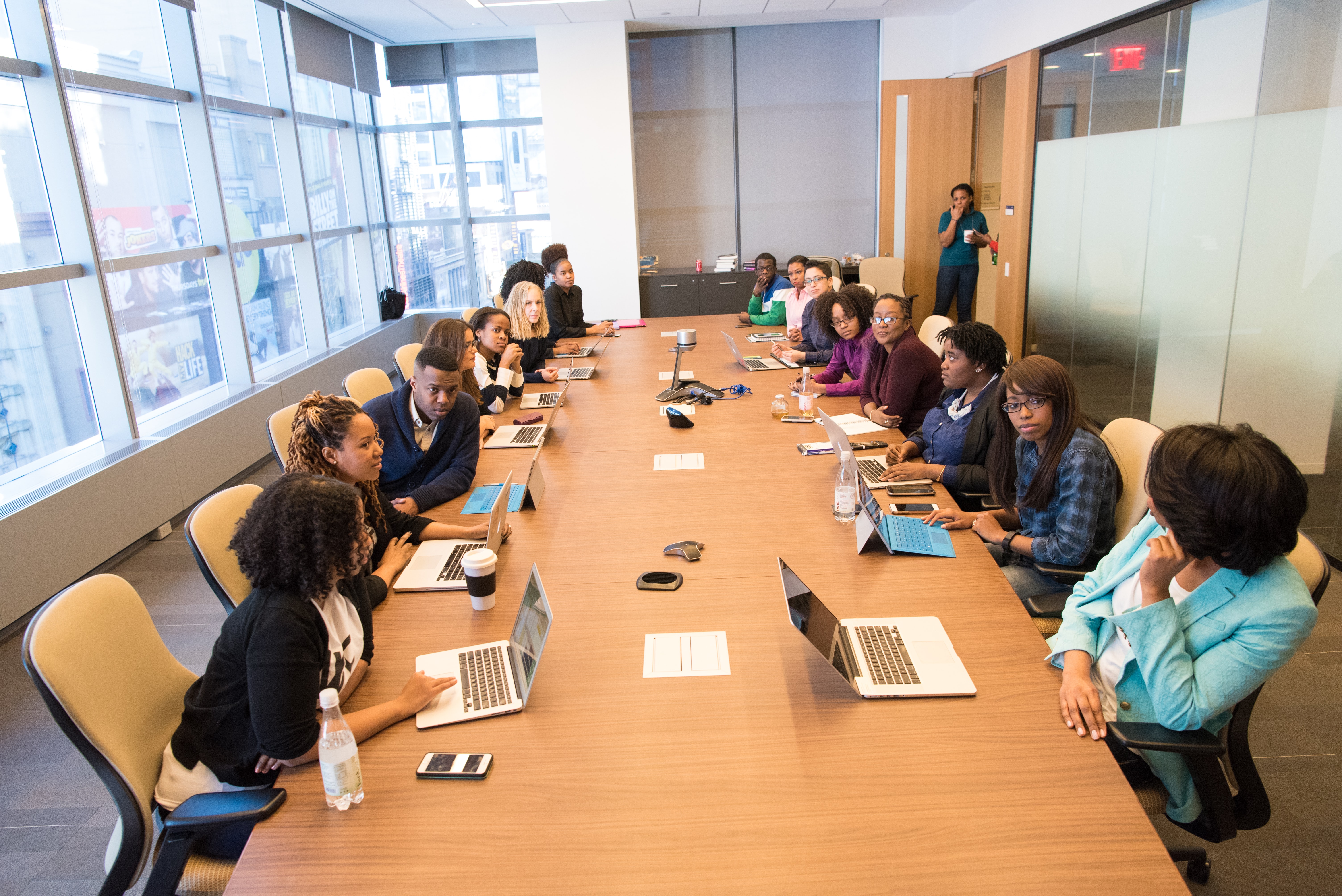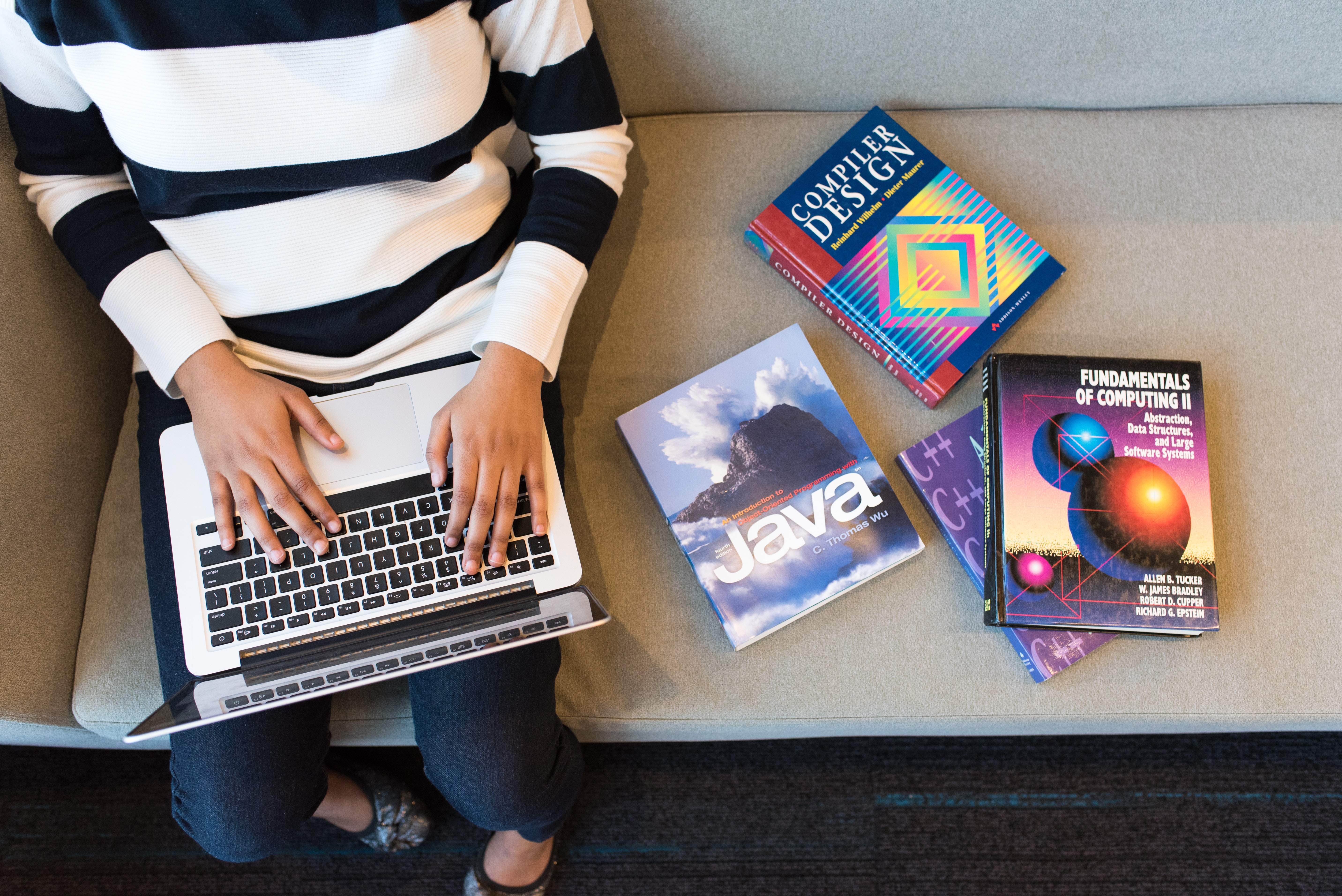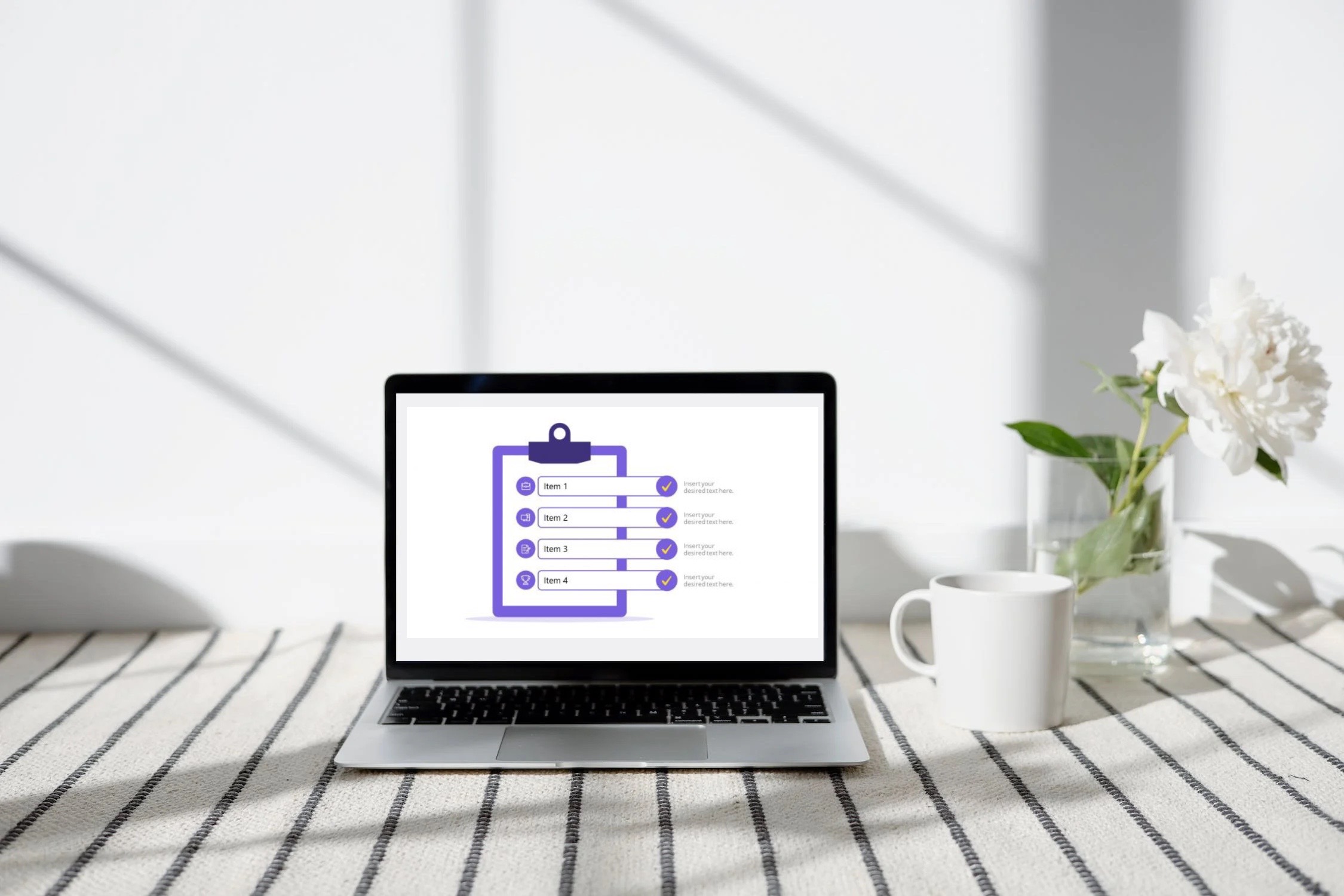She sounded the alarm on Silicon Valley. Now the former Reddit CEO is finally seeing things start to change.


By Kimberly Weisul of Inc.com
Ellen Pao knows the startup world–and its skeletons–inside and out. The former venture capitalist and one-time CEO of Reddit is now the co-founder and CEO of Project Include, a nonprofit that advises tech companies on diversity and inclusion. Pao first rocked Silicon Valley in 2012 by suing her employer, legendary venture firm Kleiner Perkins Caufield & Byers, for gender discrimination. Though she ultimately lost, her lawsuit sparked a long-overdue reckoning about how the tech industry treats women and people of color, and helped lay the groundwork for the ongoing #MeToo movement.
In a wide-ranging interview, Pao explains why this is a critical moment for women in Silicon Valley, calls for greater regulation of the biggest internet companies, and warns entrepreneurs against the worst mistakes she sees founders make.
So much has happened in tech in the past year, from Facebook’s Cambridge Analytica scandal to #MeToo. What, if anything, do you see changing?
We’re only starting to find out what can happen to our data on the big tech platforms, and how little control we’ve had over it–and even Facebook has had over it. It’s 100 percent clear the tech platforms cannot manage themselves. I’m not a fan of regulation, but that may be the only way to make things better. We’ve reached the last resort. Other options have failed.
For women in tech, this will be a really important year. We’ve had all these things happen, and now we have people who are actually open to change. I want to push as much change through as possible.
You’ve worked in venture capital, at startups, and at big tech companies. What value do you think VCs bring to startups?
They bring value in their networks. And they’ve seen a lot of things, so they can potentially help you troubleshoot. But they also bring a lot of baggage. VCs want a board seat. They may have giant egos and want you to do something a certain way. They may want you to go public, or sell earlier than you want to sell. They may be tracking metrics that you don’t believe in.
So do you advise founders to seek, or avoid, venture investors?
I don’t know that I would raise venture capital unless I really believed in the investor. I hope that in the future we can find alternative sources of funding, that it becomes easier to self-fund, and that people can get to profitability earlier.
When you invested in startups, what mistakes did you see entrepreneurs make repeatedly?
The worst was when entrepreneurs tried to postpone solving difficult problems, hoping they’d just magically disappear. That never happens. Especially the people issues–those get worse unless you have a conversation with those involved. And even then it’s 50/50–but if you don’t have the conversation, you can be 100 percent sure that it will get worse.
Also, don’t spend your money just because you have it. Be frugal, because your runway is really important. You don’t want employees who are there just because you’re spending a ton of money on events or on alcohol or on a fancy chef. You want people who are there to do their work and not for the fringe benefits. Focus on giving them great work to do and valuing the work that they are doing.
You left Reddit in 2015, after becoming interim CEO and trying to crack down on the site’s widespread hate speech. How have the large social-media platforms changed since then?
They’re more siloed, and more artificial. The idea of having authentic interactions on these platforms is less realistic. Instead, we see people marketing propaganda, or pushing for their idea in a way that might not be truthful.
It makes me really sad, because the internet is such a powerful tool, and it introduced this idea that you could connect with anyone. And it’s been turned into this weapon used to hurt and harass people.
What does that mean for the people who run these companies? How should they be responding to the abuse on their platforms?
You always have an obligation to keep your users safe, to make sure they are not going to be harassed or shoved off your platform for expressing their ideas, or attacked in real life by people sharing their private information.
Those should have been principles from the beginning. I do think the people who started the internet thought it was going to be a force for good, and I don’t think they anticipated the level of harassment and invasiveness and harm that people would use these platforms for. But at the minimum, you want to prevent bad things from happening on your platform.
What limits on free speech, if any, are acceptable in trying to curb online harassment and bullying?
The definition of free speech has become convoluted. It originally meant protection of the press from government intervention. Now it’s come to mean that people should be able to say whatever they want on tech platforms, which are run by private companies. This idea, that private companies have this obligation to allow any kind of speech, is actually not something that is legally required.
Tech companies created some confusion early on, because a lot of founders used “free speech” as a marketing angle. “Express whatever ideas you want!”
But when you make it a free-for-all, people unfortunately come out with their most terrible insults, and this horrible online harassment that we’ve seen get worse and worse over the past several years.
There has always been some censorship on platforms. They have always taken down spam and some child porn. It’s just when you get into certain types of content that people get really upset.
One of the big problems is that these platforms were built by homogeneous teams, who didn’t experience the harassment themselves, and who don’t have friends who were harassed. Some of them still don’t understand what other people are experiencing and why change is so important.

Is it possible to create a place where people can safely express any ideas online, no matter how controversial?
I don’t think it’s possible anymore except at very small scale, because the nature of interactions at scale has become very attention-focused: “The angrier and meaner I am online, the more attention I get.” This has created a high-energy, high-emotion, conflict-oriented set of interactions. And there’s no clear delineation around what’s a good or a bad engagement. People just want engagement.
Are any tech leaders taking this problem seriously?
I have been really impressed by [Medium founder and Twitter co-founder] Ev Williams’s coming out and saying, “Look, we didn’t understand back then what the internet was going to become, and we really need to rethink what we’re doing.”
Another problem is that employees who manage the behavior on these platforms are not valued. It’s hourly work, and the people who do it aren’t necessarily trained that well. So you’re expecting people who are clocking in and clocking out to figure out hate speech–which constitutional law professors are still constantly debating.
On top of that, you’re asking them to deal with hate and harassment directed at them personally. At Reddit, we had employees who got doxxed [had their private information published online]. So there’s a lot of fear, and it’s justified.
Meanwhile, the employees don’t see an upside; nobody really seems to be holding them accountable for making sure the platform rules are being followed. So any rules are not implemented well.
These platforms, especially Facebook, collect a large amount of data. Why did it take the Cambridge Analytica scandal to raise widespread alarm?
Because the data collection was marketed really well–a thumbs-up seems so innocuous! You don’t realize you’re sharing a ton of information–and it was very incremental. We had the Likes–and then all of a sudden the app was available on my phone, and that seemed really convenient. It wasn’t explicit that all of this information, all of your actions on your phone, was going to Facebook, and that you were opening up your friends’ data. There were so many changes and new privacy policies that after a while people gave up tracking them–and Facebook didn’t wave it in your face. It’s not like the company said, “Hey, we’re taking all your data, and we’re doing all this stuff.”
Your trial, followed by Susan Fowler’s account of widespread harassment at Uber, helped lay the groundwork for the #MeToo reckoning about sexism, harassment, and sexual abuse throughout the business world. Is it worse in tech than in other industries?
In tech, there is such a concentration of power in a small set of venture capitalists and a small set of CEOs that people aren’t sharing all their stories–the #MeToo stories, the discrimination stories, and the retaliation stories.
Some of the stories I’ve heard behind the scenes are much worse than stories that have been shared publicly. People still want to be able to find jobs, and they want to be able to raise funding for their companies. It’s a rational decision not to share your story. And I don’t think we can really understand what’s happened in each of these industries without having heard all of those stories.
Do you feel you’ve been penalized for telling your story and for suing Kleiner Perkins?
There are people who won’t talk to me. There are people who believe the negative press campaign. A woman who runs a fund recently reached out to me, and she said, “I am sorry, because I really thought you were crazy when you sued. I see now why you did it and why it makes sense. I had pushed down all of my feelings and my experiences. I apologize, and I thank you for what you’ve done.”
But this is six years after I sued, and she’s finally saying something about it.
There are still a lot of people who believe that I was wrong to sue. It’s been such an uphill battle for so long. I don’t know if I’ve come out the other side yet, where I can say it’s been a positive. But it’s been very rewarding to see so many other people speaking up, and to see that shift from doubt and skepticism into empathy and belief. That’s happened in the past couple of years, and it’s been such a relief.
I don’t think of it as about me personally. It’s more that the industry needs to change, and we’re making progress, and that’s a good thing.
How much progress have you seen for women in Silicon Valley?
Things are incrementally better. You can actually talk about an experience that you’ve had and not be met with skepticism or told that you’re crazy. People who have reported problems have gotten attention in a way that was not as negative as the attention I got.
Now there is a feeling that we need to change. The mindset at first was, “We don’t believe there’s a problem.” Then people admitted there was a problem, but it wasn’t their problem. Then they understood that they needed to make changes, but said they couldn’t because it was a pipeline problem. And now we’re at a point where people admit we need to change, and that they have some responsibility to do it. We’re just now starting to see companies say, “I want to change and I want to be revolutionary.”
This is going to be a critical year, because now people are willing to do some work. This is the best chance we have. We can see the move toward true inclusion–meaning not just women, which a lot of efforts are only focused on today.
The important part of this next wave of change is to try to keep people working together. It’s very easy to have people fracture and say, “There’s only one spot allowed for diversity, so we’re all going to fight for it.” But we need to be more supportive of one another. We need to understand that if we all work on inclusion together, it’s going to be faster, broader, better, and more thorough than anything we can do on our own.

Companies often cite the “pipeline problem,” the argument that there aren’t enough women or people of color with the degrees necessary to succeed in tech. Is that a real problem or an excuse?
There is a pipeline problem, but a lot of it is self-manufactured. Companies use the same recruiting firms. They have a process where it’s easier for a certain type of person to get through, so then the recruiters bring in that type of person, and build a huge pool of only them.
There are fewer women with computer science degrees, but that’s also an excuse. You don’t necessarily need a computer science degree. A lot of people are self-trained, and a lot of people who are successful in tech aren’t engineers. But it’s not only engineering that has a dearth of women. It’s across the whole tech industry, so it’s a much bigger problem.
I’ve heard people say #MeToo hasn’t helped women, it has just made men scared of hiring women.
Of course it helped. People said the same thing about my lawsuit–that VCs would never hire another woman, that it was going to prevent people from meeting with women, and that it was going to destroy any kind of gender progress that had already been made. That’s just sensationalistic–and also a little bit pissy, for lack of a better word. It’s like, “We don’t like this change, so we’re going to dig in our heels.”
Plenty of longstanding research shows that diverse teams perform better. So why do we still see so many all-white, all-male partnerships?
Some of these companies are so data-driven, so metrics-oriented–yet once the data is staring them in the face, their emotions override it, and they think they don’t need to change. I think there’s a comfort zone, and there’s a fear of women in the workplace. Sometimes they’ll say, “Our culture is so inappropriate that we can’t bring a woman into this environment.”
So how do you change an entrenched culture, like Uber’s?
It is so hard. You have to be vigilant about every interaction. You have to make sure if there are violations of values that you’re on it. Uber’s culture is in its DNA now, and I haven’t seen all the courage required to do the tough changes. The company is going to have to fire more than 20 people. It’s going to have to really dig in and spend time on it. The change agent needs to be the CEO.
There are some signs that Uber is not quite there. I don’t understand why it doesn’t have the diversity and inclusion lead reporting directly to the CEO. Chief brand officer Bozoma Saint John’s leaving is not a good sign–especially when Uber is putting $500 million into branding. That’s not good.
What do you tell the well-meaning CEO who hasn’t thought about inclusion or diversity a lot but wants to be one of the good guys?
There are a lot of very basic things: Make inclusion either an explicit value or part of all your other values. Make sure you step back and look at all of your processes: How are you recruiting people? How are you building your pipeline?
Are you rewarding people for bringing in their friends, who probably look like them? Are you getting a look at as many candidates as possible, or are you looking only at candidates who are on your homogeneous radar? Are you then going through a fair process to bring candidates on board? Or are you using trick questions that people with friends in the company will be able to answer, because they get a heads-up?
If your leadership team is not diverse and inclusive, then clearly this is not a priority for you. It also means that you have a limited circle. It may be because of your recruiter or it may be because of your board. But if your executive team doesn’t have much diversity, that’s going to be a problem, because the company won’t be able to attract people. And if you do, you’re not going to get them to stay, because they won’t see anybody who looks like them in the top ranks.
The early results from the first group of companies to work with Project Include show some progress in creating gender diversity but not racial or ethnic diversity. What can we learn from that?
Diversifying by race can be harder than diversifying by gender, from an emotional perspective. A lot of men will say, “I want to bring women in, because I want my daughter to have a chance.” It’s very oriented toward the people they have a direct connection with. When it comes to somebody from a different race or ethnicity, they may not have that connection.
And companies are still doing one thing at a time: They focus on gender first, and then the next group. Or they’re going to attack it one phase at a time because it’s so hard. That is not inclusion. That means you may be widening the group of people included, but you’re still excluding all these other people and your processes are still not fair. And the people whom you are theoretically including are probably still treated differently, because your culture is based around exclusion. That’s the piece people sometimes don’t get, because they don’t want to. There are specific problems for specific groups, but the focus and end goal is change, of the whole industry, for everybody.





























































